A few months ago I began to assess the state of a handful of paintings in my storage area. These are artworks I planned to revisit and rework someday, and periodically I find the motivation and twist that can breath new life into these images.
During this latest round of reworking, I found the need to crop down and cut some of the excess compositions of these works given they were executed for commercial clients with the need for ‘bleed’ – that extra space added before digital media that was necessary to be included in original artworks to compensate for variations in cover design, damage in transport (yes we actually had to ship art back and forth to clients in the prehistoric times!), and production cropping and cutting.
What I was left with after the cropping and cutting of these paintings on panel were a couple of strips of artwork approximately 3-5 inches wide and 18 inches long.
These residual parts of the cropping opened up a question to me. Given that I had originated and been using an experimental mounting technique of gluing acid-free paper to panel boards since 1992 and sharing this technique with thousands of other professionals and students over the past two decades through my teaching and videos, how well does this technique hold up?
Was I leading a wave of artists down a blind alley only to have the art disintegrate in the future?
I decided to investigate my methods and snap these panels in two to see what was going on.
I was surprised by what happened.
Rather than cleanly breaking in two, the mounted paper acted like a hinge, adhering to both broken pieces of masonite and not easily tearing.
Given what happened in both tests, as you may see below, I am happy to report that the results of the mounting of the paper to panel are holding up better than I could have expected.
As you can see in each case, the paper is fully bonded to the surface of each of the masonite panels used in this process. Both bonded so well, that in each case the masonite itself was structurally separating apart instead of the paper separating from the panel! The binding material in each instance was Matte Medium (cannot recall the manufacturer, but likely Speedball at that time) and the paper Strathmore 500 Series Drawing Paper, 2ply.
One of these mountings dates from 1994 (the orange oil painted surface), and the other from 1998 – 23 and 19 years old respectively! Given that the entirety of the surface was still fully adhesive and so uniform in its strength I have no doubts as to the stability of this surface and its likely longevity.
Great news for any of my collectors and for those of you using my technique! You may now do so with great peace of mind as to the stability and resiliency of these methods!
As to what is happening to the rest of these paintings?
You can see the results of one panel, re-primed with a new oil ground (hints of that are seen in the below image) and recently finished as a new Gandalf portrait! (bottom) It is a ‘two-for-one’ deal with another old book cover I care not for lurking beneath all that oil!
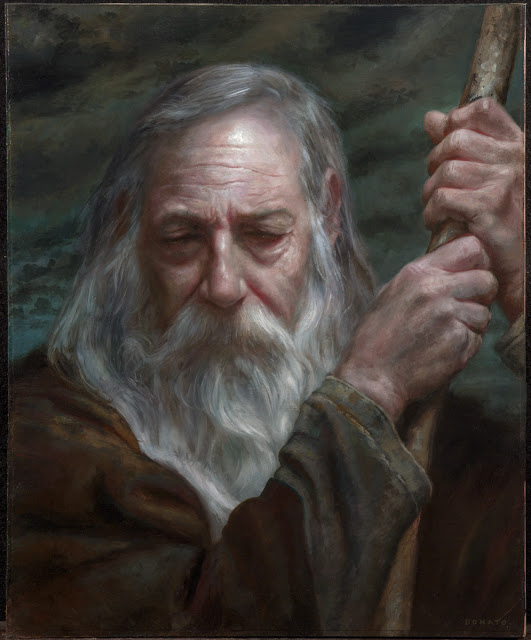 |
| Gandalf – Pensive 20″ x 16″ Oil on Paper on Panel 2017 Donato Giancola |


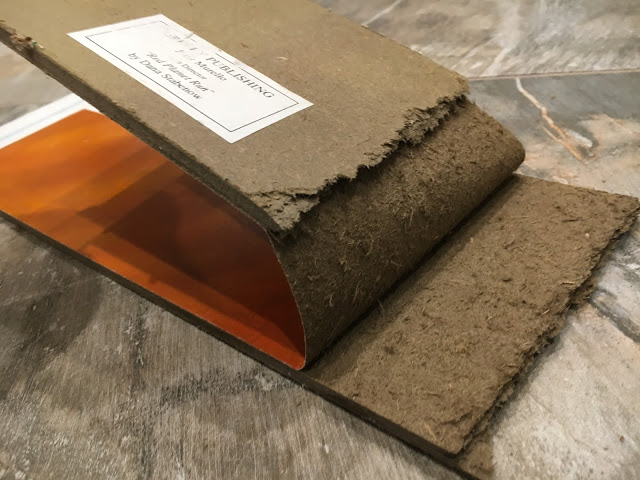
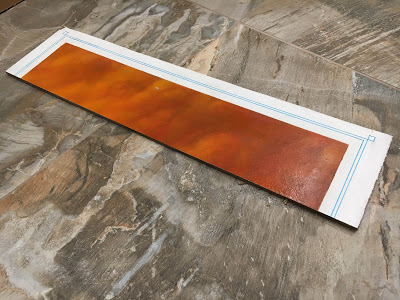
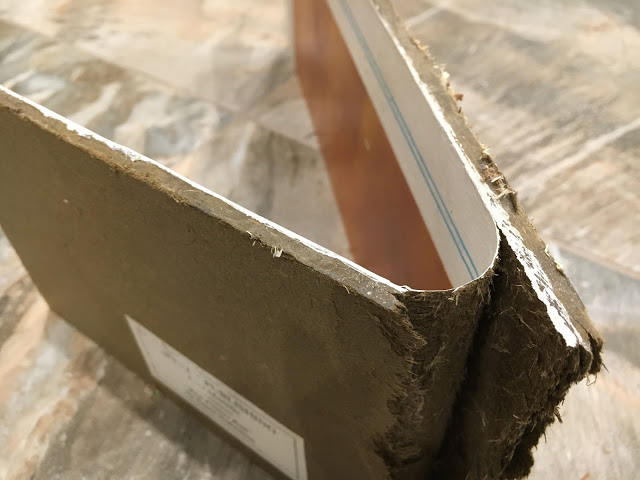
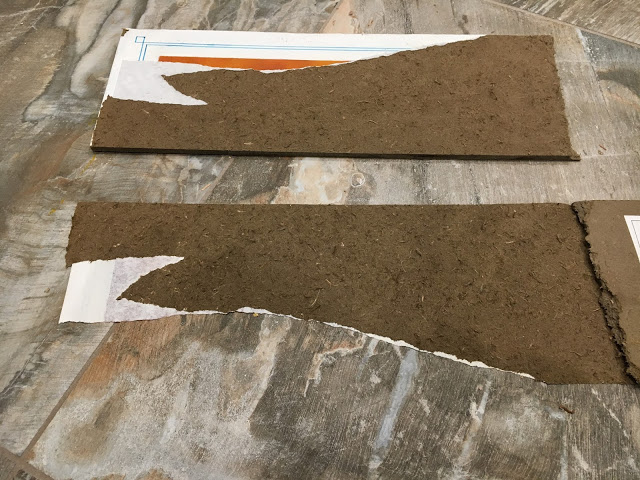
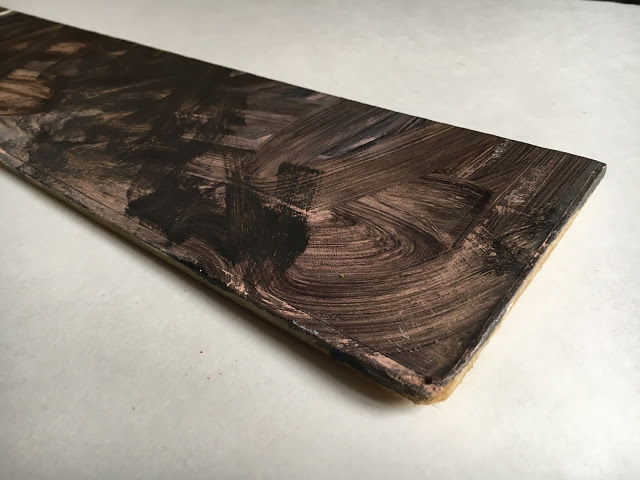
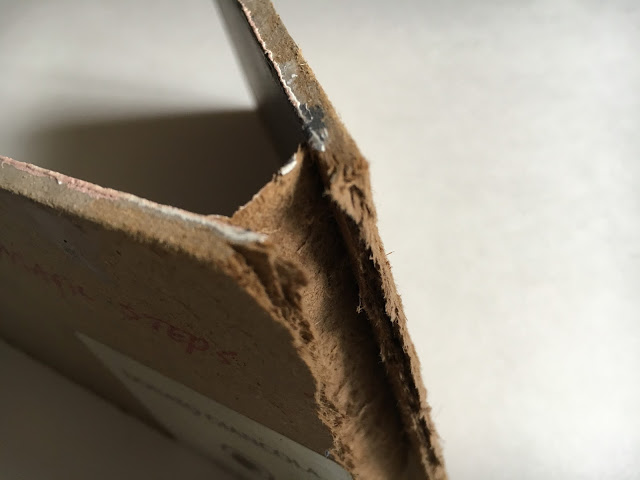
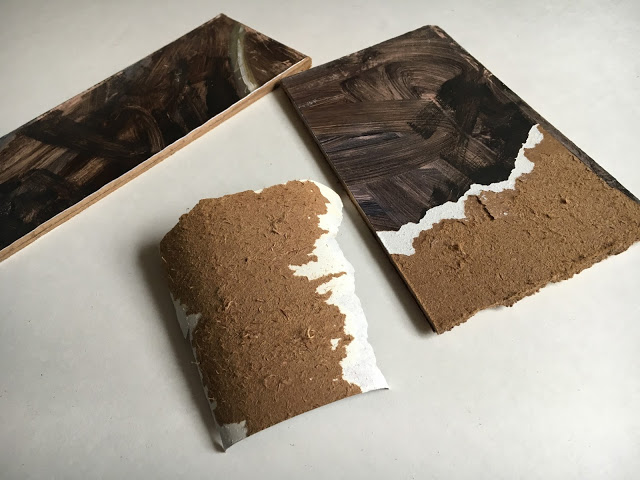
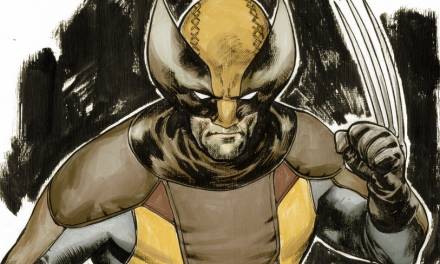
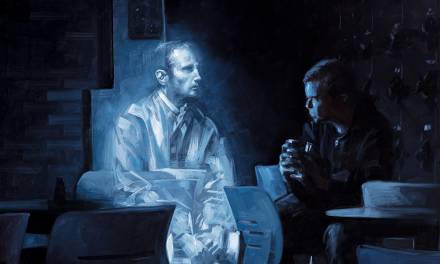
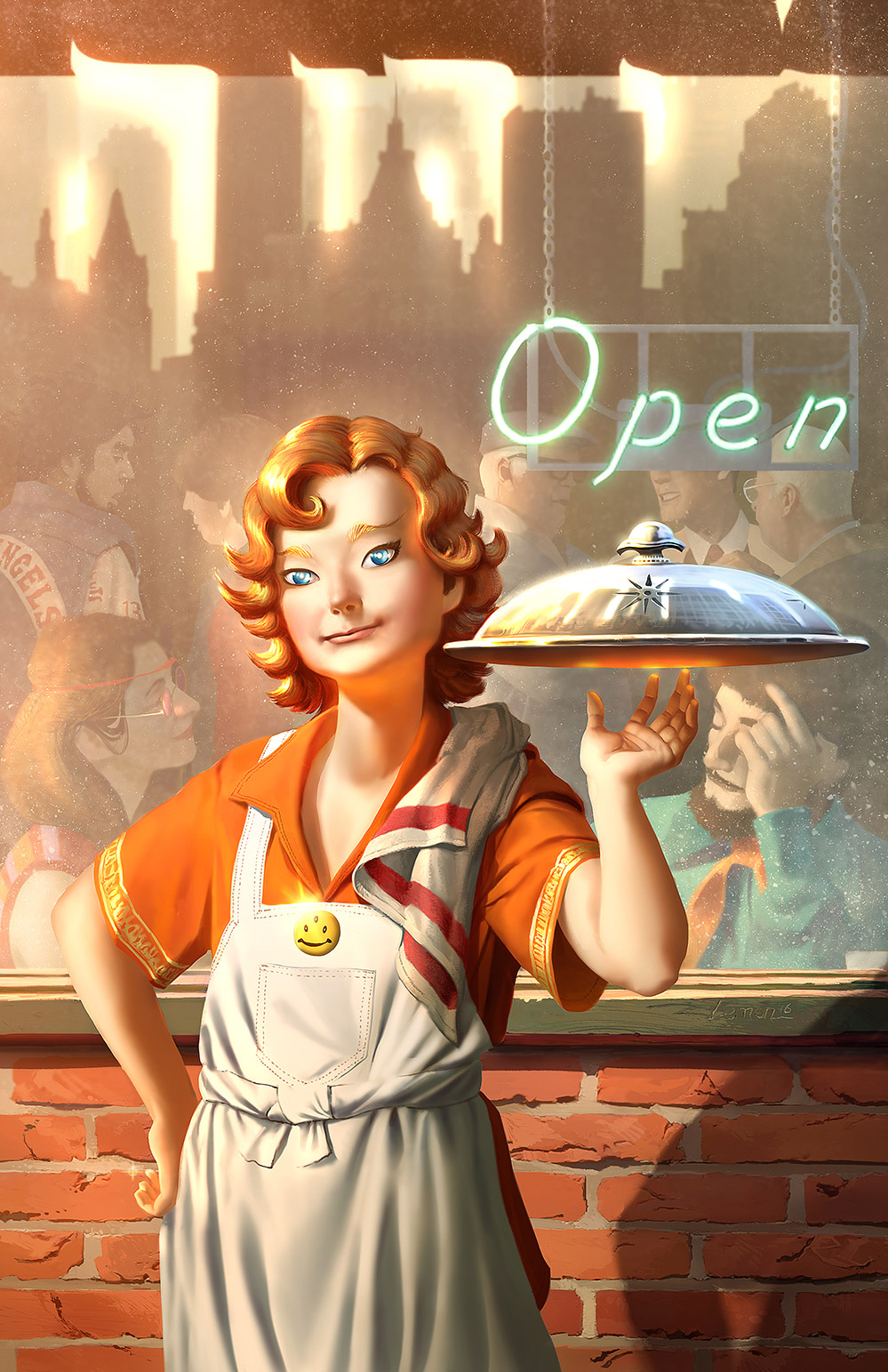
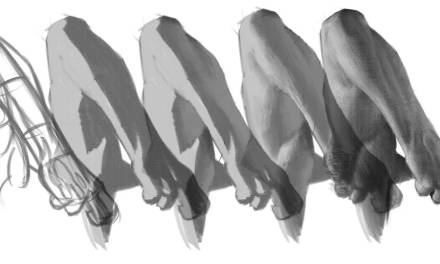

Great article! So good to know. Your technique sounds valid, with the acrylic serving as both a barrier and a glue, but seeing this confirms it. 20+ years is a good indication.
Thanks for writing this up!
The exception might be a high humidity environment like Hawaii, where stuff like masonite and particle board eventually fall apart and paper gets moldy.